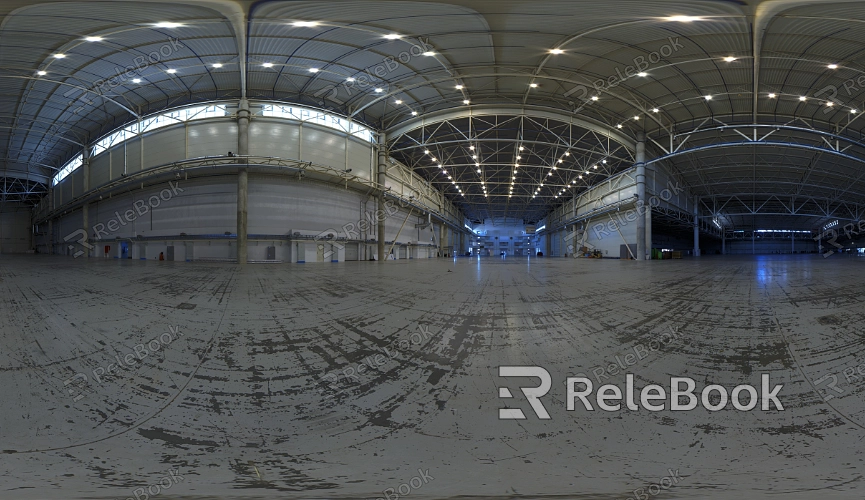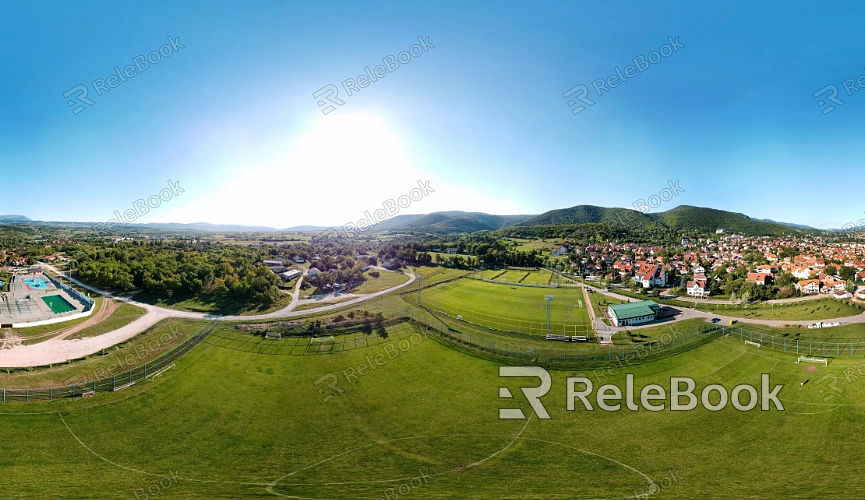Where Do You Set the Iray Scene HDR Image
After completing 3D modeling, many designers choose to render their scenes using the Iray renderer. HDR images play a crucial role in this process, being used for environment lighting, background mapping, and enhancing the realism of the image. Therefore, properly setting up HDR images is vital for achieving the best rendering results. This article will provide a detailed guide on how to set HDR images in an Iray scene to help designers optimize their renders.

1. Basics of HDR Images
Introduction to HDR Images
HDR images contain more brightness information compared to traditional images, resulting in a more realistic representation of light in a scene. Utilizing HDR images can significantly enhance render quality, particularly when dealing with complex lighting conditions.
Applications of HDR Images
In Iray, HDR images are typically used as environment light sources or background images. They help simulate real-world lighting effects, providing more natural illumination and shadowing for 3D models.
2. Steps to Set HDR Images in Iray
Importing HDR Images
Begin by ensuring that the HDR image is correctly imported into your project. In Iray, HDR images can usually be imported through the render settings or material editor.
Configuring Environment Lighting
In Iray's environment settings, set the HDR image as the environment light source. This configuration allows the light information from the image to directly impact the scene’s lighting effects. Adjust the intensity and contrast as needed to ensure the lighting matches your expectations.
Adjusting Background Settings
HDR images can also be used as background images. Setting this up typically involves selecting the appropriate image format and adjusting the visibility and influence range of the background to ensure it complements other elements in the scene.
Reviewing and Fine-Tuning Effects
After setting up, conduct a test render to view the results. Based on the outcome, you may need to further adjust properties of the HDR image such as brightness and contrast to ensure it performs well within the scene.

3. Common Issues with HDR Image Settings
Image Quality Issues
If the HDR image appears blurry or low-quality in the render, check that the image resolution and format are suitable for high-quality rendering. Low-resolution HDR images might lack the necessary detail.
Uneven Lighting
Occasionally, environment lighting may look uneven due to improper HDR image exposure settings. Try adjusting the image’s exposure level to achieve more even lighting.
Rendering Performance Problems
High-resolution HDR images can increase rendering times. Select an appropriately sized image or use image optimization tools to balance quality and performance.
4. Optimizing Settings for the Best Results
Choosing the Right HDR Image
Select an HDR image that matches your project needs. Different images provide different lighting effects, so choosing one that fits the scene requirements is crucial.
Adjusting Light Source Settings
In Iray, further refine the light source settings to enhance or reduce the impact of the HDR image. Experiment with various configurations to find the optimal lighting effect.
Using Real-Time Rendering
Utilize Iray’s real-time rendering feature to instantly view the effects of HDR image settings on the scene, aiding in quick adjustments and optimizations.
Saving and Reusing Settings
Once you find the ideal setup, save these configurations for future use. This approach saves time and ensures consistent rendering results across different projects.
In summary, setting HDR images in Iray involves several steps including importing the image, configuring environment lighting, adjusting background settings, addressing common issues, and optimizing the setup. Proper configuration of HDR images can enhance both the rendering quality and realism of your scenes. For high-quality HDR image resources, 3D textures, SketchUp models, or 3ds Max models, consider exploring Relebook. Downloading textures and models from Relebook and integrating them into your projects can significantly elevate the quality of your work.

